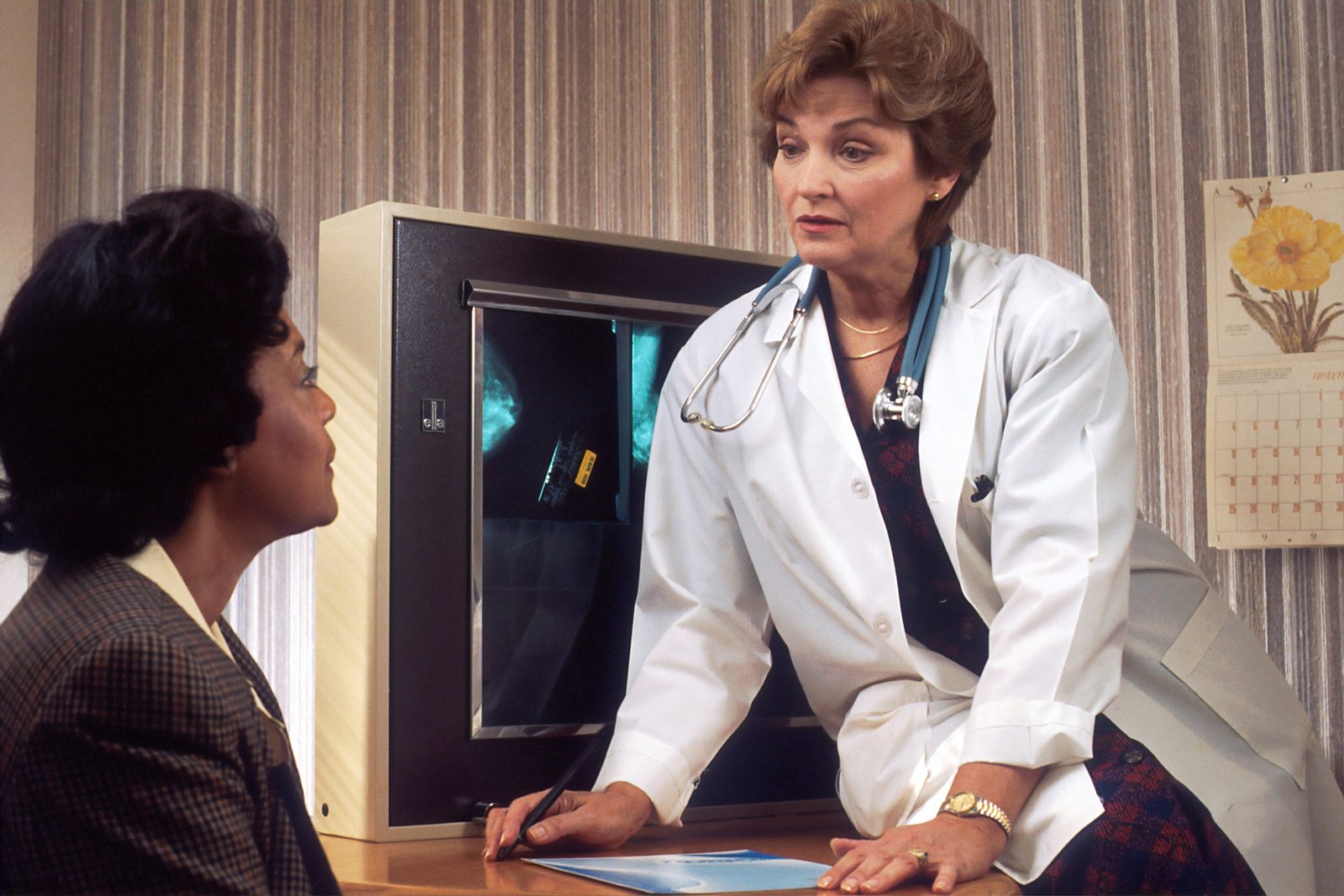With the cold and flu season in full swing, and the latest coronavirus threat spreading, it’s a great time to review some tips for avoiding germs and illness while traveling by plane.
Dan Pegram, a retired Southwest Airlines Pilot and author of Pop-Pop Airplane How do you Fly has spent a lot of time in planes. Here are 10 of his tips on how to keep sickness at bay while traveling by air.

1. Start with a good defense
According to the Centers for Disease Control and Prevention (CDC), the common cold, flu and coronavirus spread person-to-person, and from contact with infected surfaces and objects.
They recommend practicing everyday preventive actions like yearly vaccinations, covering coughs and sneezes and frequent hand washing with soap and warm water (for at least 15 seconds).
2. Plan ahead
Airplanes are occupied by thousands of people each week, and are perfect incubators for germs. Bring along some antibacterial wipes and hand sanitizer.
Wipe your seat (if leather), armrests, seatbelt buckles, tray table, headrest and around your seat back pocket. Those seat back pockets were only sanitary right after the seats were installed at the factory and are the ideal place for the previous passenger to put their dirty tissues and germy refuse. Use hand sanitizer after handling emergency information cards, magazines, inflight entertainment screens and overhead bins.
3. Practice good hygiene
Although comfortable, refrain from removing shoes and socks to avoid coming in contact with germ laden airplane carpeting and plastic flooring. These surfaces, again, were only sanitary when installed at the factory. The airlines do an admirable job of cleaning aircraft during turns and overnights but only really scratch the surface.
Never go into an aircraft bathroom without your shoes on. Be a courteous traveler and aware of any germs you may spread to others when blowing your nose, coughing, or sneezing. Properly dispose of any tissues, napkins and food service items. Refrain from putting personal items or refuse in those seat back pockets.

4. Do not travel while sick
If you are running a fever and know you are sick, please stay at home. In addition to spreading your illness, you run the risk of potentially being hospitalized far away from home. This could prove costly.
Clogged ears, for example, from a cold or sinus infection could result in a ruptured eardrum, which is incredibly painful and could take up to six months to heal. Children are especially susceptible to this type of scenario as their eustachian tubes are more difficult to clear on descent.

5. Traveling with children
Children are naturally curious and learn by touching – seemingly everything. Allowing your children to run around the airport waiting area in bare feet or crawling around on the carpet expose children to millions of very harmful germs. Even though it seems convenient, you’re exposing them unnecessarily. This applies as well after boarding the aircraft.
The sanitizing procedures, as described above, create a reasonably clean seating environment for you and your children. Be sure to periodically sanitize their hands, especially after a trip to the lavatory. Also, be sure to properly dispose of soiled diapers and wipes.

6. Food spoilage
The airports have numerous food vendors offering reasonable variety for your enjoyment. A good rule of thumb is to consume any food items you bring onboard within four hours of purchase. Food stored at room temperature will spoil at a much faster rate. Items such as dairy products, deli meat, raw fruits and vegetables, cooked rice and seafood are most susceptible to bacterial growth and spoilage.

7. Stay hydrated
Inflight aircraft cabin altitudes are generally above 8,000 feet, where the humidity is below 20%. This is why dehydration is a common problem with passengers.
Purchase an appropriate sized bottle of water at a concession to drink while flying to help maintain proper hydration. Low humidity levels promote nose, eye and skin dryness, which welcomes in cold germs as well as promotes fatigue.

8. Use the overhead air conditioner vent
Using this vent will create a nice flow of cool air and will blow away airborne germs. Be sure to wipe down the nozzle before you adjust it.

9. Be germ conscientious
While traveling, avoid touching your mouth, eyes and face. Coming in contact with germs on common surfaces is inevitable. However, transferring these germs is preventable with proper awareness.

10. Wear a mask
This is becoming common practice for many international travelers. Wearing a mask can prevent inhalation of germs that are associated with the common cold, bronchitis and other respiratory illnesses.

Dan Pegram believes, “a little forethought, education and preparation will ensure you have a pleasant and healthy travel experience.” He also hopes that “these simple tips prove useful to you and your family during your next travel adventure or business excursion.”







